A Tale of Two Museums: Nigerian National Museum vs Benin City National Museum
The Histories of the Nigerian National Museum and the Benin City National Museum
The Nigerian National Museum and the Benin City National Museum both hold pivotal places in the cultural landscape of Nigeria. The Nigerian National Museum, located in Lagos, was established in 1957 by the English archaeologist Kenneth Murray 1. This museum boasts a vast collection of Nigerian artefacts, including works of art, archaeological and ethnographic exhibits. More about this museum can be discovered here.
The Benin City National Museum, on the other hand, was established much later in 1973. It is situated in the heart of Benin City, the capital of Edo State in southern Nigeria. The museum is located close to the Oba’s Palace, a central place of cultural importance for the Edo people. The collections at the Benin City National Museum primarily revolve around the rich history of the Benin Kingdom, including artefacts from the famous Punitive Expedition of 1897 2.
Both museums share a common goal: preserving Nigeria’s rich cultural heritage. While their collections may differ, their purpose aligns. They serve as windows into Nigeria’s past, enabling visitors to delve into the history of this diverse nation.
Though they were established at different times and have distinct focuses, the Nigerian National Museum and Benin City National Museum share the common responsibility of conserving and showcasing the cultural heritage of Nigeria. Their extensive collections offer a comprehensive picture of Nigeria’s history, its diverse cultures, and its artistic heritage.
It is important to note that both museums have evolved over time. They have faced various challenges, from funding issues to the task of keeping their collections relevant in a rapidly changing world. Yet, despite these challenges, both institutions have remained steadfast in their commitment to their mission.
The Nigerian National Museum and the Benin City National Museum are more than just repositories of artefacts. They are centers of learning, places where visitors can immerse themselves in the rich tapestry of Nigerian history and culture. These institutions play an essential role in fostering a sense of national identity and promoting cultural understanding.
How do the collections of the Nigerian National Museum and the Benin City National Museum differ?
The Nigerian National Museum and the Benin City National Museum house different collections, reflecting their geographical locations and the historical events that have shaped these regions.
The collection of the Nigerian National Museum is renowned for its breadth. It spans the entire history of Nigeria, from ancient times to the present day. The museum boasts a collection of over 7,000 artefacts, including archaeological and ethnographic items, works of art, and carvings. Of particular note is the museum’s collection of Nok terracottas, which dates back to 500 BC and is considered one of the oldest in Sub-Saharan Africa.
On the other hand, the Benin City National Museum focuses more narrowly on the history and culture of the Benin Kingdom. The museum’s collection includes a vast array of artefacts related to the Benin Kingdom, including bronze and ivory sculptures, coral bead regalia, and items from the Punitive Expedition of 1897. More details about this museum’s collection can be found here.
While the Nigerian National Museum offers a wide-ranging view of Nigerian history, the Benin City National Museum provides a focused look at a specific region and culture within Nigeria. This difference is reflected in the types of artefacts that each museum houses. For example, the Nigerian National Museum includes a significant number of archaeological artefacts, while the Benin City National Museum places a greater emphasis on art and regalia associated with the Benin Kingdom.
Despite these differences in focus, both museums are united in their mission to preserve and promote Nigerian heritage. They achieve this by carefully curating their collections, conducting research, and educating the public about the richness and diversity of Nigerian culture.
To recap about A Tale of Two Museums: Nigerian National Museum vs Benin City National Museum, while the collections of the Nigerian National Museum and the Benin City National Museum differ in scope and focus, both museums play a vital role in preserving Nigeria’s cultural heritage. Their collections offer visitors unique insights into the history, culture, and art of this vibrant and diverse nation.
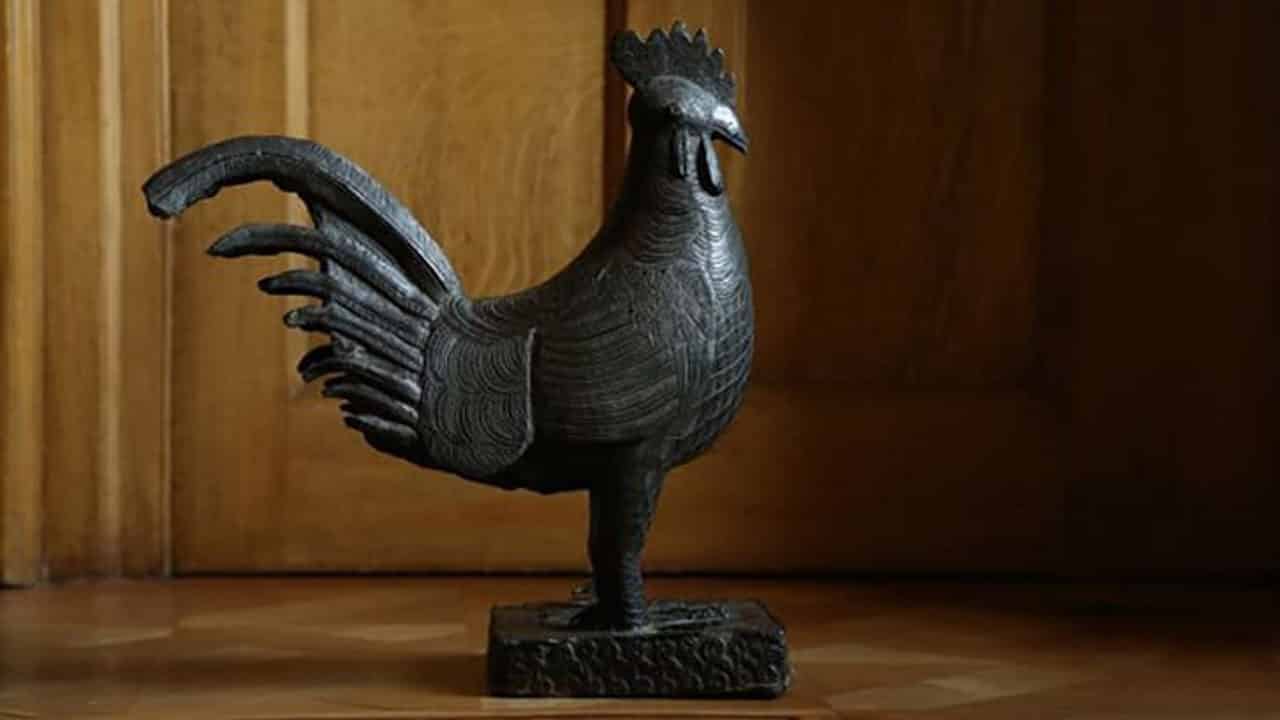
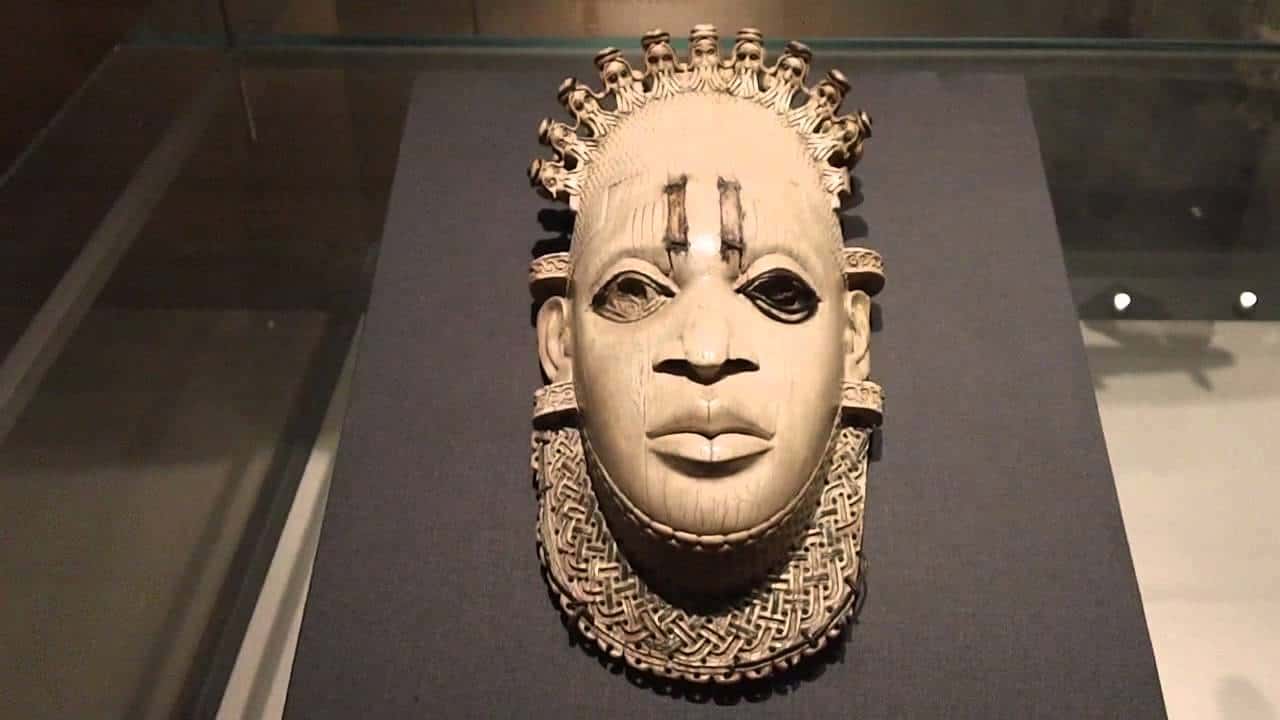
What are the key attractions of the Nigerian National Museum and the Benin City National Museum?
When visiting the Nigerian National Museum, one cannot help but be drawn to the stunning collection of Nok terracottas. These remarkable artefacts, dating back to 500 BC, are among the oldest in Sub-Saharan Africa and are hailed as significant markers of prehistoric civilization in Nigeria. The museum also houses the famous Jemaa Head, a life-sized terracotta sculpture that offers a glimpse into the artistic heritage of the ancient Nok culture.
Beyond its historical exhibits, the Nigerian National Museum is home to a wide array of Nigerian art, from traditional works to modern pieces. The museum’s collection of traditional Nigerian art is particularly extensive, featuring intricate carvings, vibrant textiles, and beautiful pottery from various ethnic groups across the country.
In the same vein, the Benin City National Museum is famed for its stunning collection of Benin bronzes. These intricate works of art, often depicting scenes from the royal court and spiritual beings, reflect the advanced metalworking techniques of the Benin Kingdom. The museum also holds an extensive collection of artefacts from the Punitive Expedition of 1897, offering visitors an in-depth look at a pivotal moment in the kingdom’s history.
Additionally, the museum is home to an array of traditional Edo artworks, including wood and ivory carvings, coral bead regalia, and ritual objects. These works of art not only showcase the artistic prowess of the Edo people but also provide a window into their rich cultural and spiritual traditions.
Both the Nigerian National Museum and the Benin City National Museum offer visitors an immersive experience, allowing them to delve into Nigeria’s rich history and vibrant culture through their diverse collections. Whether you are a history buff, an art enthusiast, or simply a curious traveler, these museums have something to offer you.
What are the educational programs offered by both museums?
Educational programs play a crucial role in the missions of both the Nigerian National Museum and the Benin City National Museum. These programs, tailored to diverse audiences, promote knowledge and appreciation of Nigeria’s cultural heritage.
The Nigerian National Museum offers a variety of educational programs, including guided tours, workshops, lectures, and special exhibitions. These programs cater to a wide range of age groups, from schoolchildren to adults. For instance, the museum hosts regular workshops for schoolchildren, where they can learn about Nigerian history and culture through hands-on activities. Likewise, the museum organizes lectures and panel discussions for adults, featuring experts in various fields related to the museum’s collections.
Similarly, the Benin City National Museum also offers a range of educational programs aimed at promoting the history and culture of the Benin Kingdom. These include guided tours, school visits, and workshops focusing on traditional Edo art and craft techniques. Additionally, the museum hosts special exhibitions showcasing selected items from its collection, often accompanied by informative talks and discussions.
It’s worth noting that both museums have adapted their educational programs in response to the COVID-19 pandemic. Many of their educational offerings, including virtual tours and online workshops, are now available online, making them accessible to a wider audience.
In conclusion about A Tale of Two Museums: Nigerian National Museum vs Benin City National Museum, both the Nigerian National Museum and the Benin City National Museum place a high emphasis on education, using their collections as springboards for learning and discussion. Through their diverse educational programs, these museums foster a deeper understanding and appreciation of Nigeria’s rich cultural heritage.

What are the conservation efforts of the Nigerian National Museum and the Benin City National Museum?
Conservation is at the heart of the mission of both the Nigerian National Museum and the Benin City National Museum. They strive to preserve Nigeria’s cultural heritage not just for the present, but for future generations to come.
The Nigerian National Museum is renowned for its robust conservation program. The museum employs a team of skilled conservators who undertake a range of activities to preserve the museum’s extensive collection. These activities include preventive conservation measures, such as controlling the museum environment and managing the handling and display of artefacts, as well as active conservation efforts, such as the repair and restoration of damaged items.
Furthermore, the museum conducts regular research to develop and improve conservation techniques, ensuring the long-term preservation of its collection. The museum’s conservation efforts extend beyond its walls, as it also participates in initiatives to combat the illicit trafficking of cultural property and promote the return of looted artefacts.
In a similar vein, the Benin City National Museum is also deeply committed to the conservation of its collection. The museum employs traditional and modern conservation techniques to preserve its array of Benin bronzes and other cultural artefacts. In addition, the museum works closely with the local community and other stakeholders to promote the protection of cultural heritage sites in and around Benin City.
The museum has also been a vocal advocate for the return of Benin artefacts looted during the Punitive Expedition of 1897. The museum works in collaboration with international partners to facilitate the repatriation of these artefacts and ensure their proper care and display.
Through their conservation efforts, both the Nigerian National Museum and the Benin City National Museum play an active role in preserving Nigeria’s rich cultural heritage, ensuring that it can be appreciated by generations to come.
How do the museums contribute to the local communities?
The Nigerian National Museum and the Benin City National Museum play integral roles in their respective communities, acting as centers of cultural enrichment, education, and local development.
In Lagos, the Nigerian National Museum is a hub for cultural activities. Beyond its role as a museum, it regularly hosts events like art exhibitions, cultural festivals, and workshops that engage the local community. Its educational programs, particularly those targeting young people, help foster a sense of national identity and pride in Nigeria’s rich cultural heritage. The museum also contributes to the local economy, providing employment opportunities and attracting tourists to the area.
The Benin City National Museum, situated near the Oba’s Palace, is deeply embedded in the local community. The museum’s collection largely comprises artefacts from the Benin Kingdom, reflecting the history and culture of the Edo people. By preserving and showcasing these artefacts, the museum helps to keep local traditions alive and strengthens the cultural identity of the community. Furthermore, the museum’s educational programs and workshops, often focusing on traditional Edo art and craft techniques, offer learning opportunities for local residents, particularly young people.
To conclude about A Tale of Two Museums: Nigerian National Museum vs Benin City National Museum, both the Nigerian National Museum and the Benin City National Museum make significant contributions to their local communities. They not only serve as repositories of cultural heritage but also act as vibrant centers of learning and cultural activity, fostering a deeper understanding and appreciation of Nigerian culture.

How have the museums adapted to modern technology?
In today’s digital age, both the Nigerian National Museum and the Benin City National Museum have been proactive in leveraging modern technology to enhance visitor experiences and broaden their reach.
At the Nigerian National Museum, technology plays a crucial role in making the museum’s vast collection more accessible to the public. The museum has digitized many of its artefacts, allowing visitors to explore the collection online. Additionally, the museum offers virtual tours, letting people from around the world explore its galleries from the comfort of their own homes. This digital presence, available on the Museum of Modern African Art’s website, has allowed the museum to reach a global audience, promoting Nigerian heritage far beyond its physical location in Lagos.
The museum has also embraced technology in its exhibits. Interactive displays and augmented reality experiences provide an engaging way for visitors to explore the museum’s collection, bringing the artefacts to life in a way that traditional displays can’t.
Similarly, the Benin City National Museum has also adopted technology to enhance its operations and visitor experience. The museum offers virtual tours of its collection, enabling people worldwide to appreciate the rich history and culture of the Benin Kingdom. Additionally, the museum uses technology for educational purposes, offering online workshops and webinars.
In terms of conservation, the Benin City National Museum utilizes technology to maintain and preserve its collection of historical artefacts. This includes climate-controlled displays and advanced restoration techniques. Digital databases are used to catalog the museum’s collection, aiding in the organization, research, and conservation of the artefacts.
In conclusion, both the Nigerian National Museum and the Benin City National Museum have effectively incorporated modern technology into their operations, demonstrating their commitment to accessibility, education, and preservation in the digital age.
What are some major events hosted by the museums?
The Nigerian National Museum and the Benin City National Museum host a variety of events throughout the year, attracting visitors from all walks of life and offering them an immersive experience of Nigerian culture and heritage.
At the Nigerian National Museum, a key annual event is the International Museum Day celebration. On this day, the museum organizes special exhibitions, guided tours, and workshops aimed at promoting the museum’s collection and its role in preserving Nigeria’s cultural heritage. Additionally, the museum often collaborates with local artists and cultural organizations to host art exhibitions, cultural festivals, and other public events.
The museum also takes part in the National Children’s Day celebrations, offering a range of activities designed to educate and entertain younger visitors. These activities often include storytelling sessions, craft workshops, and interactive tours that offer children a fun and engaging way to learn about Nigerian history and culture.
Similarly, the Benin City National Museum hosts several major events throughout the year. One of the highlights is the Igue Festival exhibition, which coincides with the annual festival celebrated by the Edo people. During this event, the museum showcases an array of Edo artefacts, with a particular focus on those related to the Igue Festival, providing visitors with a deeper understanding of this important cultural event.
Moreover, the Benin City National Museum regularly hosts temporary exhibitions focusing on specific aspects of the Benin Kingdom’s history and culture. These exhibitions often feature expert-led talks and discussions, offering visitors an in-depth exploration of the showcased theme.
In conclusion about A Tale of Two Museums: Nigerian National Museum vs Benin City National Museum, the Nigerian National Museum and the Benin City National Museum are vibrant cultural centers, hosting a wide range of events that celebrate and promote the rich cultural heritage of Nigeria. Through these events, the museums offer visitors a unique and engaging way to experience Nigerian culture and history.
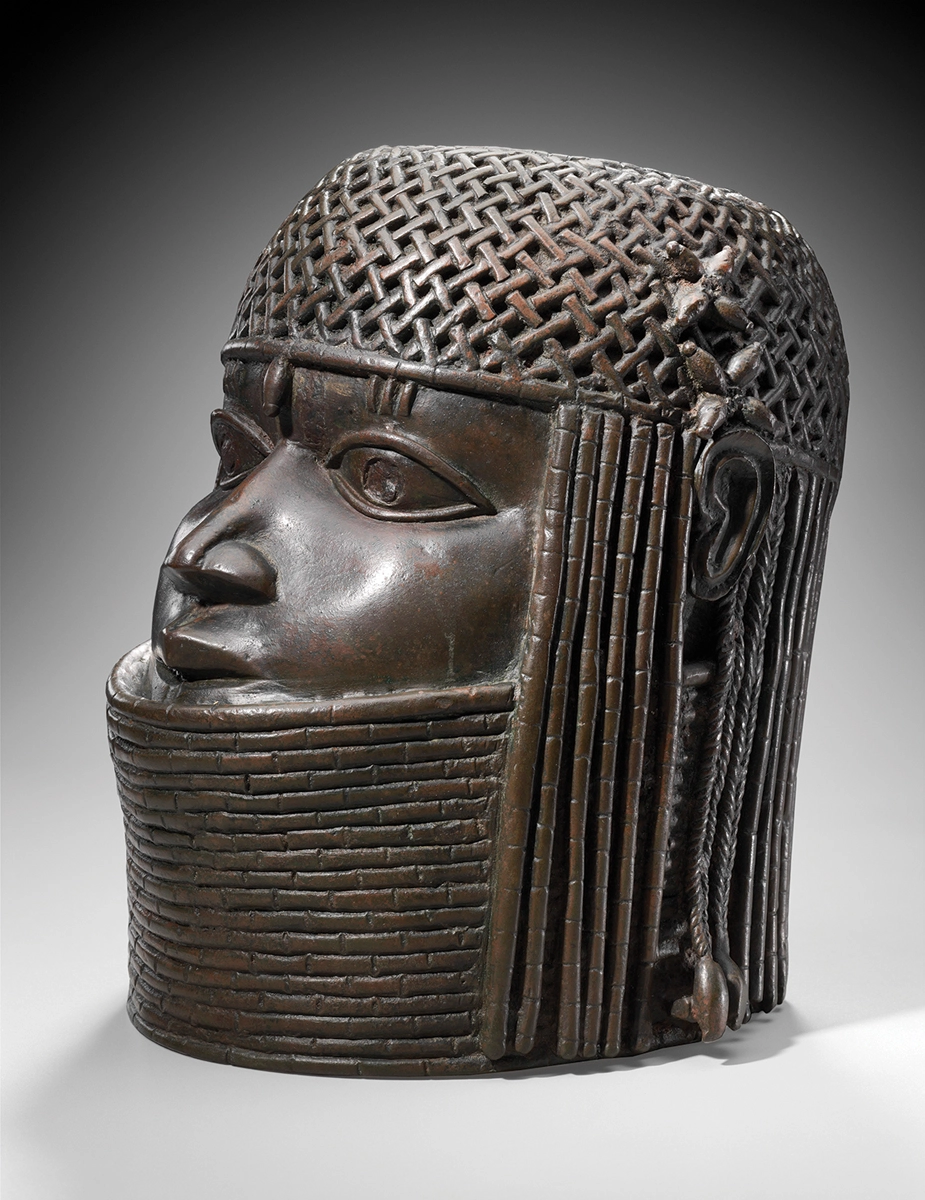
How can one plan a visit to both museums?
Planning a visit to the Nigerian National Museum or the Benin City National Museum involves a few simple steps, allowing you to make the most out of your experience.
To visit the Nigerian National Museum, you should first check the opening hours and any special events or exhibitions on the museum’s page. The museum is usually open from Monday to Saturday, but it’s always a good idea to confirm the timing before planning your visit. If you’re interested in a guided tour, you can also check whether you need to book in advance.
It’s also important to consider the museum’s location in Lagos. The museum is situated in the city center, so you might want to plan your journey to avoid peak traffic times. Also, make sure to set aside enough time for your visit, as the museum’s extensive collection is worth exploring at a leisurely pace.
The planning process for a visit to the Benin City National Museum is similar. The first step is to check the opening hours and any special events or exhibitions on the museum’s page. The museum is located near the Oba’s Palace in the heart of Benin City, so plan your journey accordingly.
If you’re planning a visit to either museum from abroad, remember to check the current travel advisories and COVID-19 guidelines for Nigeria. You might also want to consider the best time of year to visit, taking into account the local climate and any seasonal events or festivals.
In conclusion, planning a visit to the Nigerian National Museum or the Benin City National Museum involves some straightforward steps: checking opening hours and special events, planning your journey, and making sure you have enough time to fully enjoy the experience.
Step 11 – What are the admission fees for both museums?
Admission to the Nigerian National Museum and the Benin City National Museum is typically affordable, making these cultural treasures accessible to a wide audience.
As of my knowledge cutoff in 2021, the Nigerian National Museum charges a nominal entrance fee, with discounts available for students and children. However, it’s recommended to check the museum’s page for the most recent information.
The Benin City National Museum also charges a modest admission fee. Discounts may be available for students, children, and senior citizens. The most up-to-date information can be found on the museum’s page.
Remember that while the admission fees help support the museums’ operations and conservation efforts, there may be additional charges for special exhibitions, guided tours, or workshops. It’s always a good idea to check these details while planning your visit.
In conclusion, the Nigerian National Museum and the Benin City National Museum strive to make their collections accessible to the public through affordable admission fees. By visiting these museums, you are not only gaining a deeper appreciation of Nigeria’s rich cultural heritage but also supporting the preservation of these treasures for future generations.
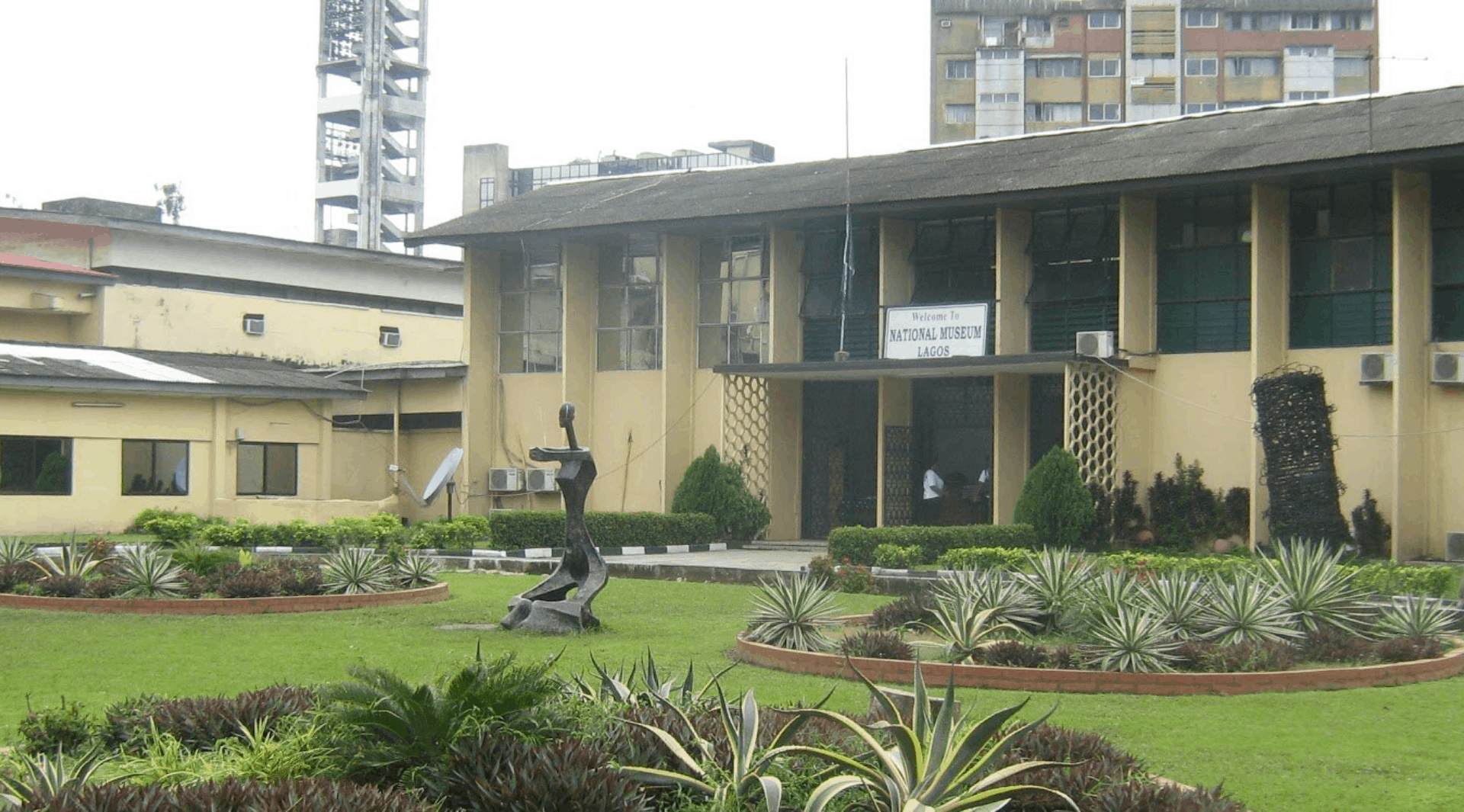
| Nigerian National Museum | Benin City National Museum | |
|---|---|---|
| Founded | 1957 | 1973 |
| Location | Lagos | Benin City |
| Collection | Over 7,000 artefacts, with a focus on Nok terracottas and Nigerian art | Benin bronzes, artefacts from the Punitive Expedition of 1897, traditional Edo artworks |
| Education | Guided tours, workshops, lectures, special exhibitions | Guided tours, school visits, workshops focusing on traditional Edo art and craft techniques |
| Conservation Efforts | Preventive conservation measures, active conservation efforts, research, initiatives to combat illicit trafficking of cultural property | Traditional and modern conservation techniques, initiatives for protection of cultural heritage sites, advocacy for return of looted artefacts |
| Community Contribution | Cultural events, educational programs, economic benefits through tourism | Cultural preservation, educational programs, keeping local traditions alive |
| Adaptation to Modern Tech | Digital presence, virtual tours, interactive displays, augmented reality experiences | Virtual tours, online workshops, advanced restoration techniques |
| Major Events | International Museum Day, National Children's Day, art exhibitions, cultural festivals | Igue Festival exhibition, temporary exhibitions |
| Plan a Visit | Check opening hours and special events on the museum's page, book guided tours in advance if necessary, consider location and travel times | Check opening hours and special events on the museum's page, consider location and travel times |
| Admission Fees | Nominal entrance fee, discounts for students and children | Modest admission fee, potential discounts for students, children, and senior citizens |
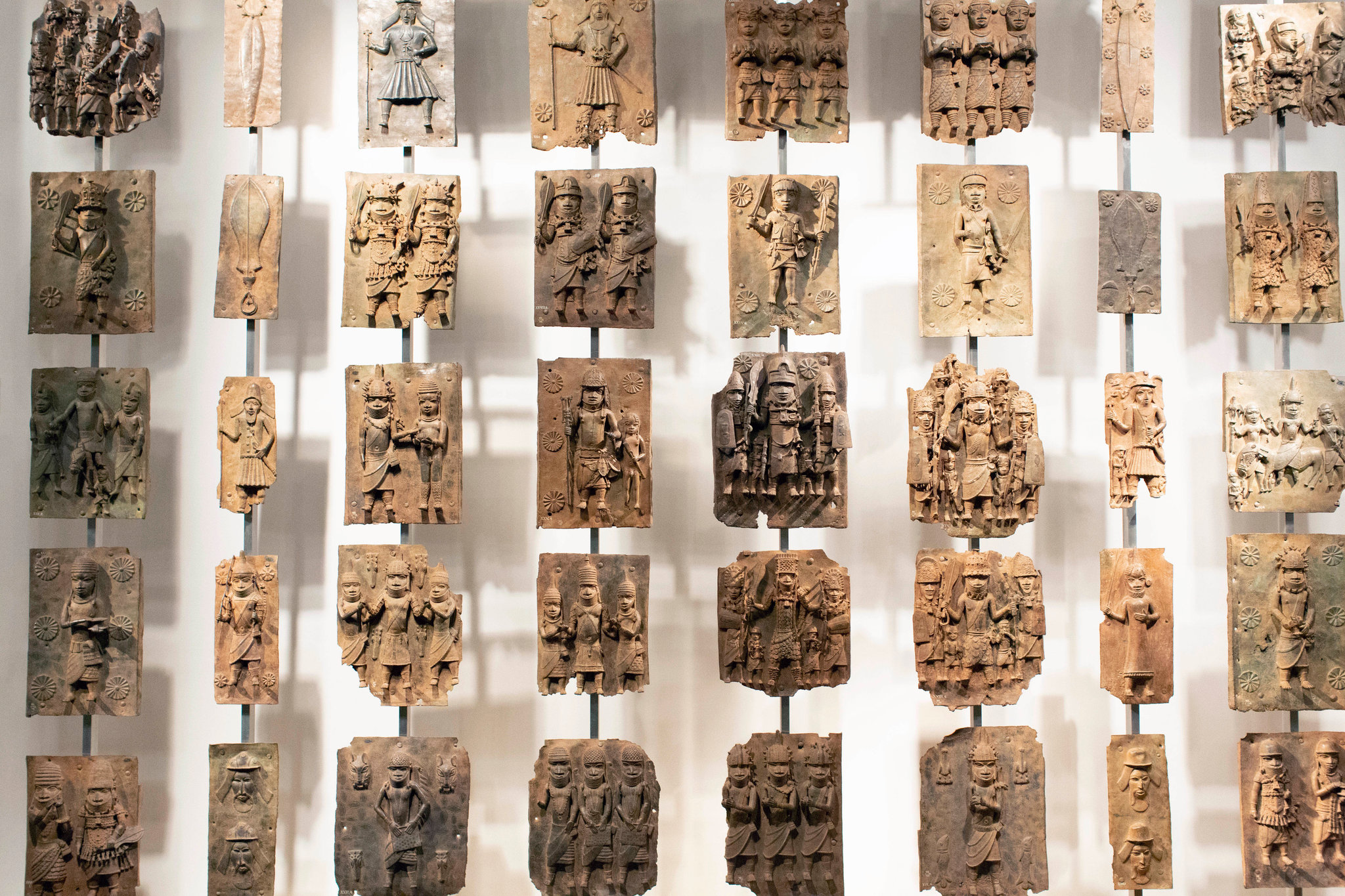
Frequently Asked Questions
1. When were the Nigerian National Museum and Benin City National Museum founded?
The Nigerian National Museum was founded in 1957, and the Benin City National Museum was established in 1973.
2. What are the key attractions of the Nigerian National Museum and the Benin City National Museum?
The key attractions of the Nigerian National Museum are its Nok terracottas and traditional Nigerian art collection. For the Benin City National Museum, it’s the collection of Benin bronzes and artefacts related to the Punitive Expedition of 1897.
3. Do these museums offer educational programs?
Yes, both museums offer a range of educational programs, including guided tours, workshops, lectures, and special exhibitions. These programs cater to various age groups.
4. What are their conservation efforts?
Both museums have robust conservation programs, employing preventive measures and active conservation efforts to preserve their collections. They also participate in initiatives to combat illicit trafficking of cultural property.
5. How do the museums contribute to their local communities?
The museums act as cultural hubs in their communities, hosting events, providing educational programs, and contributing to the local economy.
6. How have the museums adapted to modern technology?
Both museums have incorporated modern technology in their operations, offering virtual tours, digitizing artefacts, and using advanced restoration techniques in their conservation efforts.
7. What is the admission fee for both museums?
Both museums charge a modest admission fee, with discounts available for certain groups like students and children. It’s recommended to check the museums’ respective pages for the most recent information.

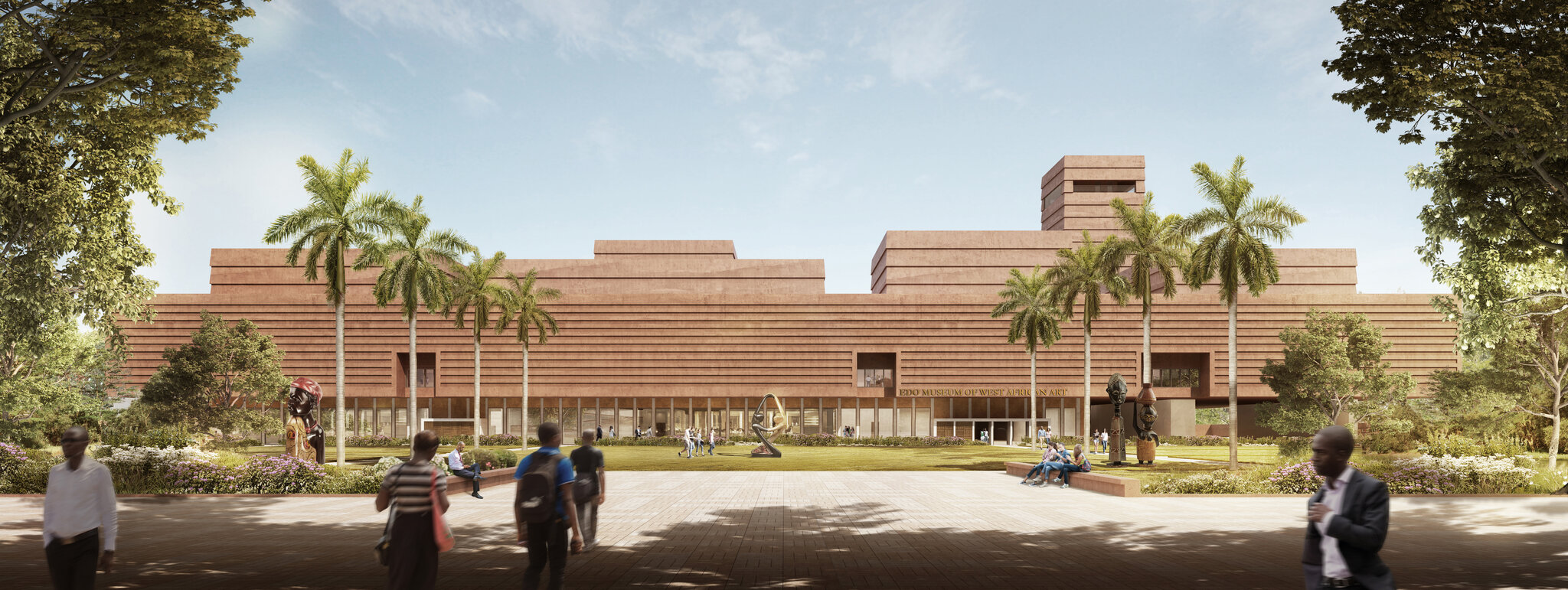
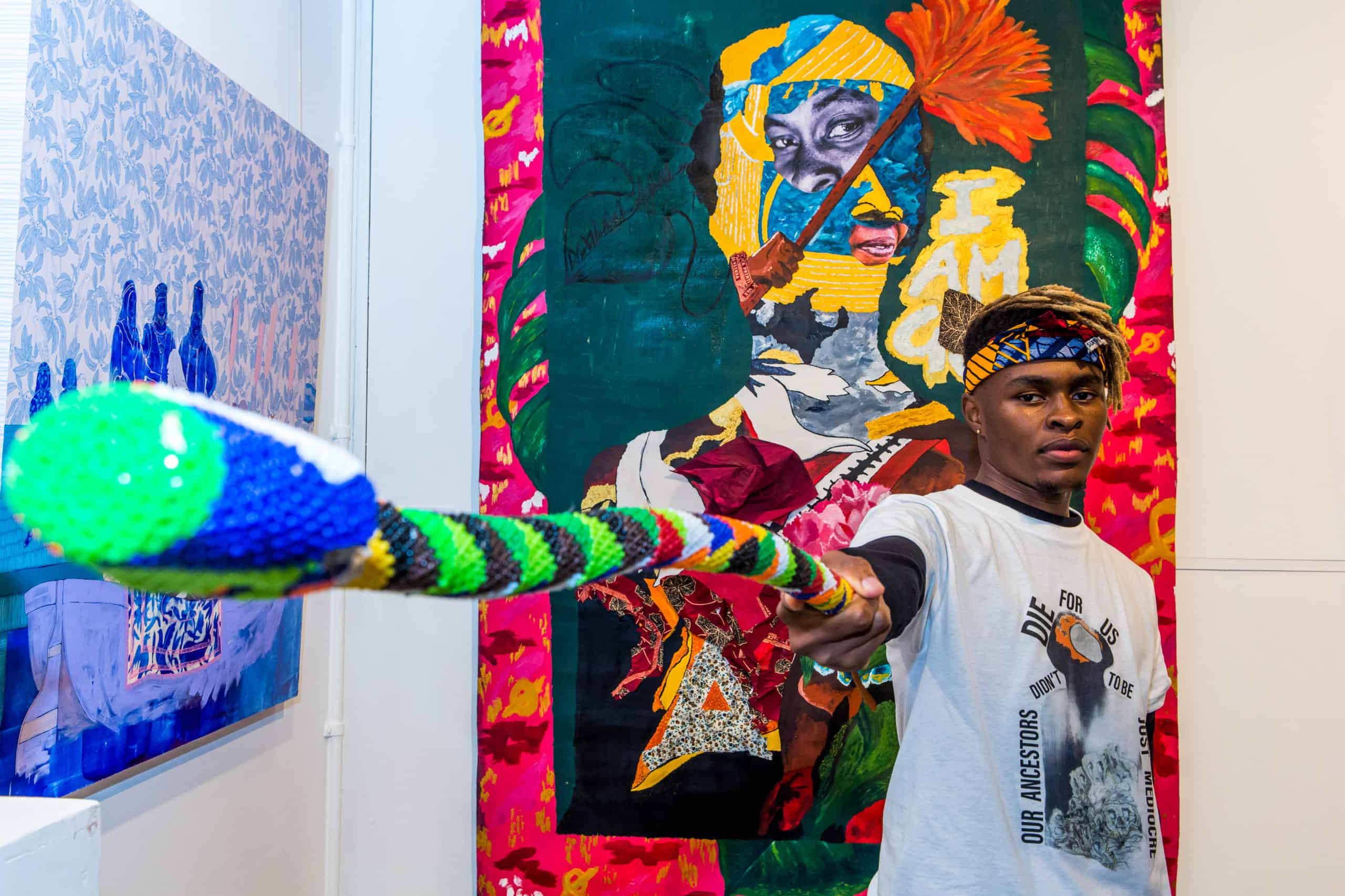
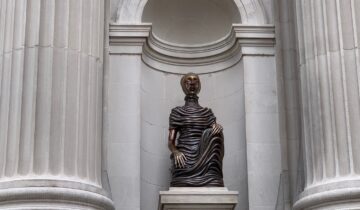

 No products in the basket.
No products in the basket.